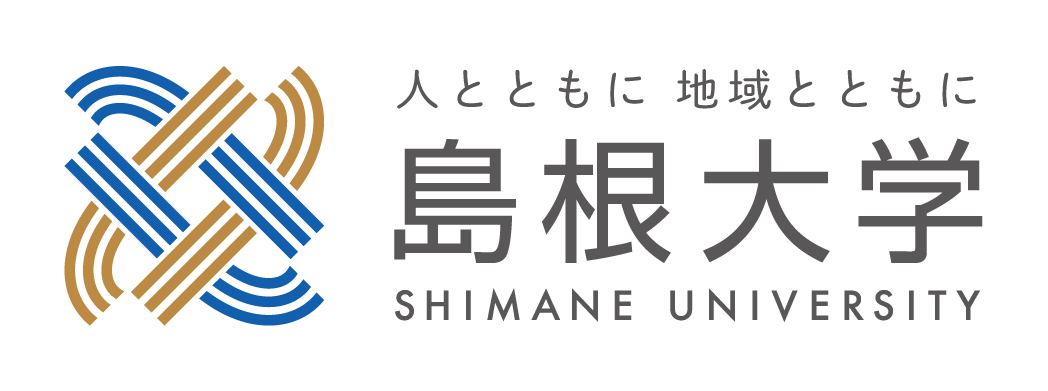NEXTA's research
The 4 Pillars of Materials Engineering
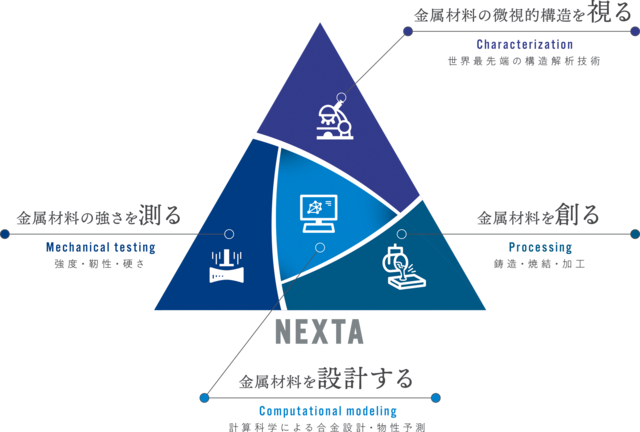
NEXTA is one of the leading research institutes concentrated and specialized in metal materials research in Japan. NEXTA contributes to problem resolutions for research and development by interworking of following 4 pillars each other as a hub for “Master”, “Connect “and “Broaden”.
●Pillar 1: Observing the microscopic structure of metal materials(Characterization)
●Pillar 2: Measuring the strength of metal materials(Mechanical Testing)
●Pillar 3: Designing metal materials(Computational modelling)
●Pillar 4: Creating metal materials(Processing)
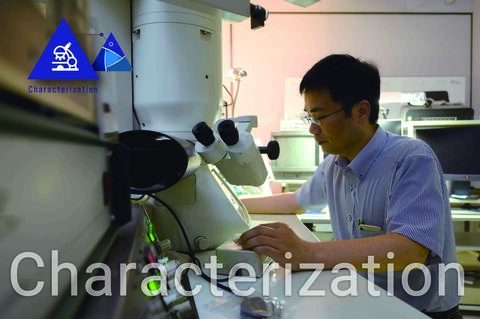
Pillar 1: Observing the microscopic structure of metal materials
From the atom to the Nano, the micron-scale microscopic structure is the origin of the characteristics of the metal. At NEXTA, by using many kinds of microscopes including transmission electron microscope (TEM) and other analyzation equipment, we will elucidate complex crystallographic features of superalloys, as well as the microscopic behaviour of metal materials in an extreme environment such as under high temperatures, deformation or hydrogen ion irradiation.Possible fields of applications;
Materials for aircraft engines/ high-strength steel materials / Hydrogen embrittlement resistant materials
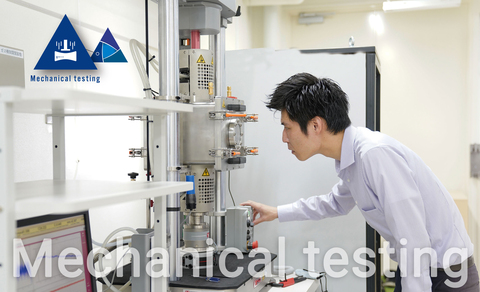
Pillar 2: Measuring the strength of metal materials
The strength of the materials, mechanical characteristic, in other words, is controlled by its structure. At NEXTA, we will elucidate the formation mechanism of mechanical characteristics through the evaluation in multi-scale as micro to macro, on the process of deformation/ fracture of the materials under various conditions such as high-temperature or atmosphere by combining with metal materials structure analysis.Possible fields of applications;
Materials for aircraft engines/ Boiler materials for power generation / high-strength steel materials

Pillar 3: Designing metal materials
We will promote material development with theoretical approaches and simulation technology based on Physics and Mathematical Science and examine actual behaviour.
Possible fields of applications;
Design for toughening of materials with the aid of numerical analysis.
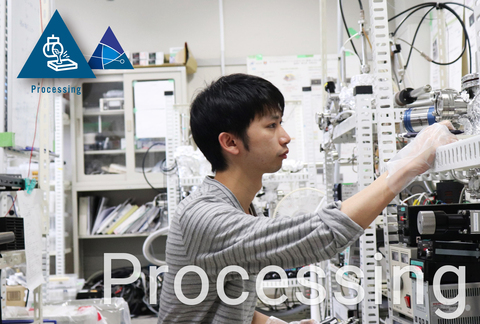
Pillar 4: Creating metal materials
We will develop technologies for manufacturing materials by casting and sintering, as well as processing such as rolling and forging, or heat processing to optimize material properties. We will also develop environmentally friendly chemical process technology that recovers valuable resources generated in the manufacturing process.
Possible fields of applications;
Manufacturing new materials and development of processing technologies using casting and sintering / Development of environmentally friendly material processes such as recycling
